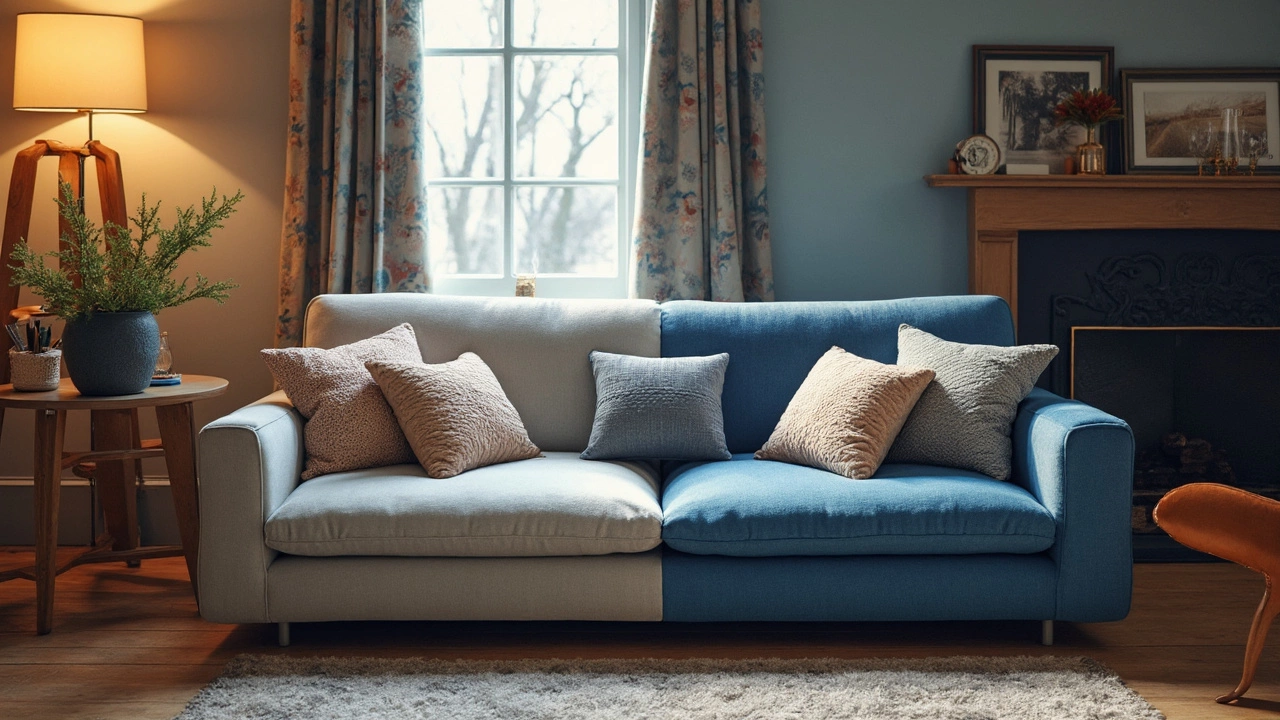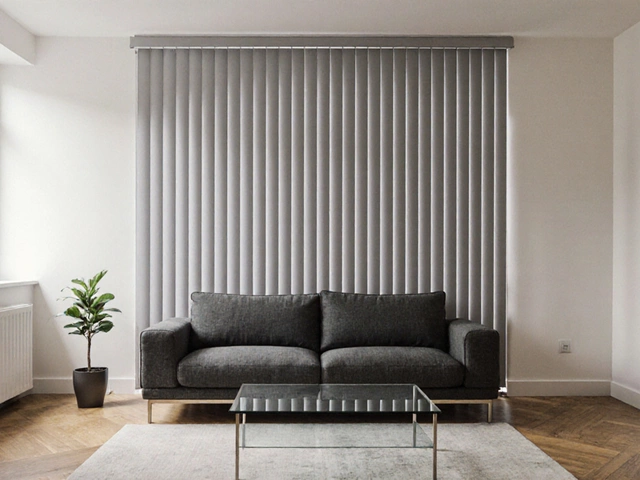Sofa Tips: Keep Your Couch Comfortable and Stylish
If your sofa looks tired or feels flat, you don’t need to buy a brand‑new one. A few smart tweaks can bring back the bounce, freshen the fabric, and make the piece fit your décor perfectly. Below are the most useful tricks you can try this weekend.
Replace Your Couch Cushion Foam
Old foam loses its resilience after a few years, leaving you with saggy seats. In 2025 the average Australian homeowner spends around $150‑$250 to refill a three‑piece set, depending on density. Choose a medium‑dense foam (about 30‑35 kg/m³) if you want a balance of softness and support. Higher density (40‑45 kg/m³) works for firmer seats and heavier use. The DIY process is simple: remove the zip or pull‑out cover, pull out the old foam, cut the new block to size, and slip it back in. You’ll feel the difference the first time you sit down.
Clean Cushions Without Removable Covers
Most sofas hide their cushions behind sewn‑in fabric, but you can still keep them fresh. First, vacuum the surface with a brush attachment to lift dust. Then, spot‑test a mild fabric cleaner on a hidden area. Lightly spray the cleaner, blot with a clean cloth, and avoid rubbing – you don’t want the fibers to fray. For odors, sprinkle baking soda, let it sit 15‑20 minutes, then vacuum again. This routine works for woven, microfiber, and even leather‑look fabrics.
Stains from spills need quick action. Blot, don’t rub, with a dry towel. If the stain persists, mix one part white vinegar with two parts water, apply with a spray bottle, and repeat the blotting technique. For pet hair, a damp rubber glove run over the surface pulls hair away in seconds.
Now that your sofa feels like new, think about styling. Adding a couple of throw pillows in complementary colours instantly updates the look. Choose one bold colour that matches a rug or artwork, and keep the other in a neutral tone. This creates visual interest without overwhelming the space.
If you have a modern living room, opt for low‑profile cushions with clean lines. A sofa in a muted grey or soft beige pairs well with a geometric rug and metal side tables. Keep accessories minimal – a single statement lamp or a tall plant can anchor the area.
Another quick upgrade is swapping out the legs. Replace bulky wooden bases with sleek metal or acrylic legs for a lighter feel. Most legs attach with screws, so you can do it in under an hour and give your sofa a fresh silhouette.
Don’t forget the back of your sofa. Dust buildup can affect indoor air quality. Use a handheld vacuum or a soft brush to clean the seams and any decorative stitching. A quick wipe with a damp cloth (avoid over‑wetting) will keep the fabric looking crisp.
Finally, protect your investment. A breathable sofa cover can shield against spills and UV fading. Choose a cover that fits snugly but can be removed for washing. This step extends the life of your couch and saves you money in the long run.
With these sofa tips – foam replacement, proper cleaning, smart styling, and simple upkeep – your living room will feel fresh, comfortable, and ready for anything. Give your couch the love it deserves and enjoy a space that looks as good as it feels.





